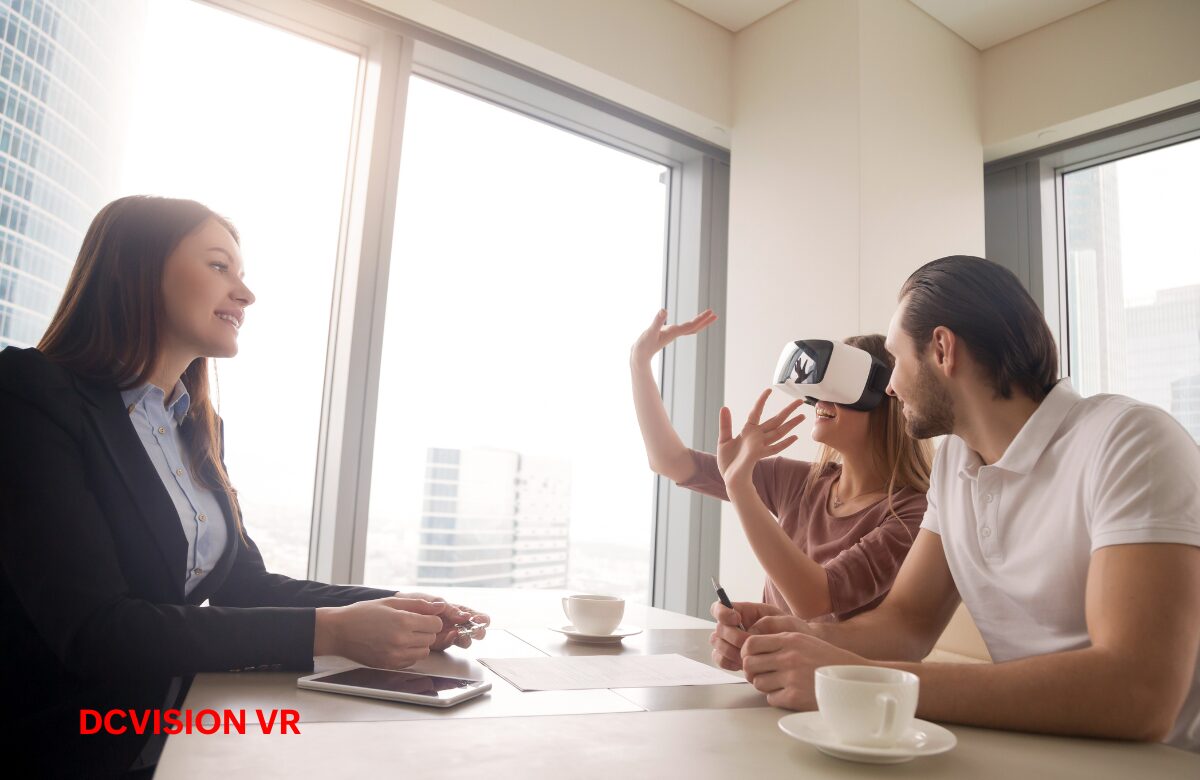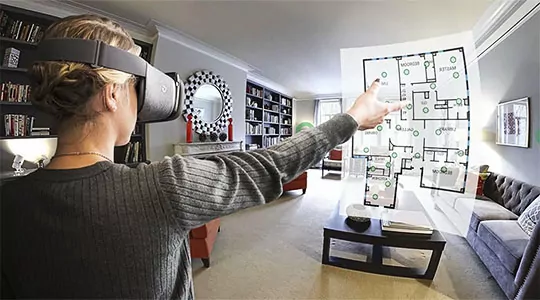

The Impact of Virtual Reality on Architecture: Bridging the Gap Between Ideas and Reality
Architecture, the art of transforming visions into tangible structures, has long relied on a plethora of tools and techniques to manifest creative ideas into physical form.
Yet, as technology advances, we must ask: are our current tools sufficient to bridge the gap between imagination and realization?
One of the enduring challenges of architecture lies in convincing clients that their vision will materialize as expected. In creative fields, such as architecture, trust between designer and client is paramount.
However, with the advent of virtual reality (VR), the landscape is changing. VR not only bridges the divide between design and reality but also enhances architectural representations at every stage of the process.
Transform Your Branding Strategy with Immersive VR Walkthroughs
The Evolution of Architecture with VR
In recent years, VR technology has seen a remarkable surge in adoption. Head-mounted displays like Oculus Rift, Samsung Gear VR, and HTC Vive are increasingly used for client presentations and design conceptualization.
According to a survey by CGarchitect, VR usage in architecture stands at 40% in Europe, 21% in the USA, and 11% in Asia. This trend underscores VR’s growing importance in the architectural domain.
Why Architects Embrace VR
Amidst a plethora of technological options, what sets VR apart as a primary focus for advanced design systems?
How to boost brand visibility with VR store
VR offers an unparalleled client experience through immersive 3D environments. This realism fosters trust and understanding, leading to informed decision-making and smoother project execution.
Additionally, VR facilitates seamless collaboration among stakeholders, aligning teams and streamlining communication.
Enhancing Architectural Processes with VR
Virtual reality revolutionizes architectural processes from conceptualization to execution. Leading firms worldwide, such as Zaha Hadid Architects and IrisVR, embrace VR to optimize relationships between spaces, light, and materials. By making design accessible and efficient, VR heralds a proactive era in architecture.
Conclusion
VR technology is transforming architecture by bridging the gap between imagination and reality. As architects harness its potential, they pave the way for a more immersive, collaborative, and efficient future in design and construction.
Follow Author on LinkedIn: Dhriti Chatterjee


